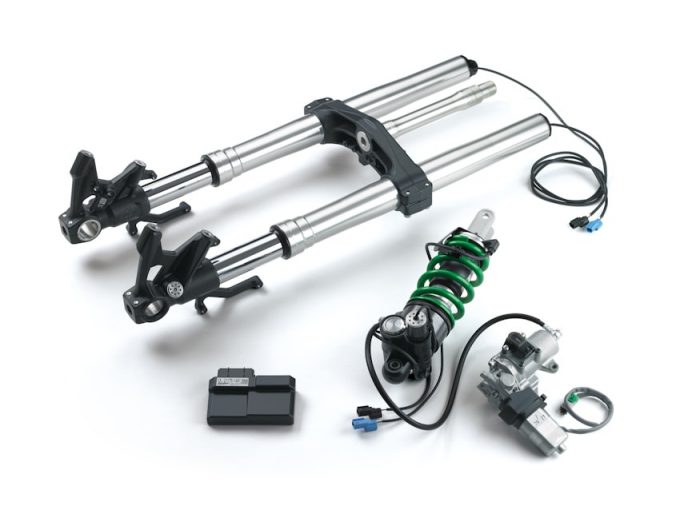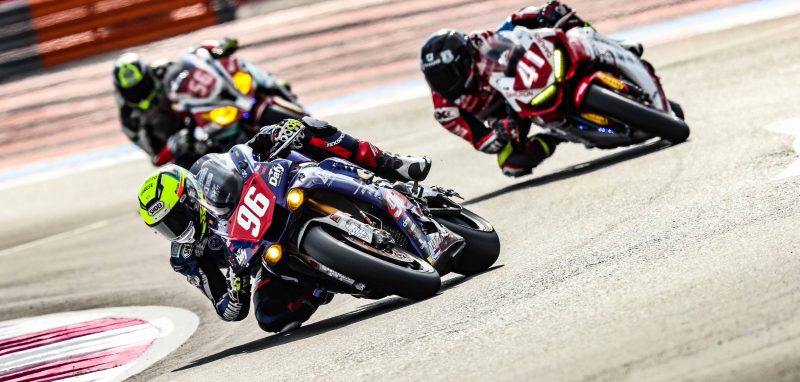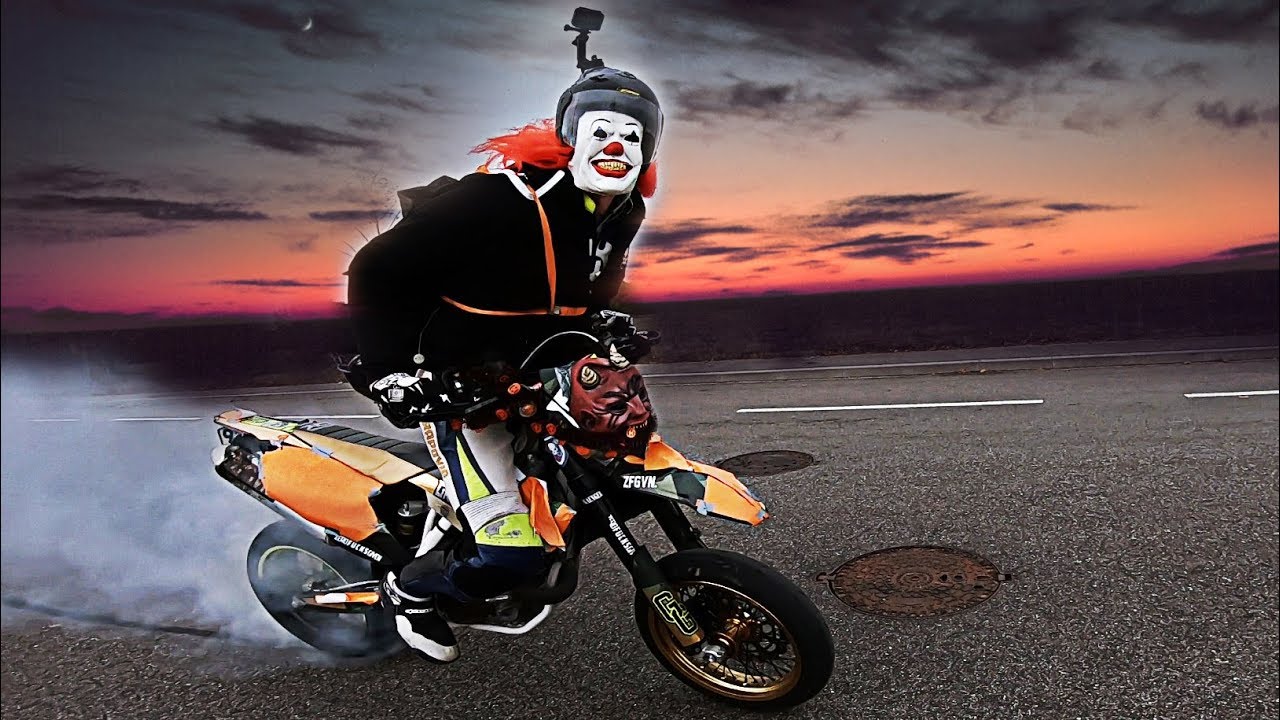▲Ninja H2 SX SE+ "EC Suspension"
My Opinion 2 Years Ago Perfectly Overturned
About 2 years ago, I wrote a column in this series, "The electronic control suspension that is currently attracting attention is not perfect." Certainly, the electronically controlled suspension is attractive and has great advantages, but focusing on the suspension performance itself, it was not satisfactory 2 years ago.
However, there is an amazing thing in the progress of technology. The electronic suspension, developed by SHOWA in Japan and named EERA has been adopted to the KAWASAKI 2019 models such as the ZX-10R / SE, H2 SX / SE +, and Versys 1000SE. I can not hide how surprise I am because the negative image of the electronic suspension of OHLINS made in Sweden and the SACHS in Germany has been overturned by SHOWA.
If this happens, I have to invalidate my opinion two years ago. Not only that, I thought it would be a good BENCHMARK for electronic suspension.
Thoroughly Pursued Responsiveness
Well, how did this EERA (which is called KECS in KAWASAKI) achieve that excellence and goodness?
The electronic suspension or in other words semi-active suspension that is referred to in this article, adjusted to the optimum state by electronic control sequentially according to the riding conditions. So, the exact condition of the machine must be immediately sent to the suspension adjustment mechanism, and the suspension must reflect it in the settings without delay.
In the existing products regarding its responsiveness, I could not be satisfied.
Original Direct Acting Solenoid Valve
In electronic suspension, the valve is actuated by an electrical signal, and the damping force is optimized sequentially. In OHLINS, a stepping motor has been used to switch the damping force. The way is rotated stepwise by a stepping motor, however it cannot be denied that the responsiveness is not perfect for electric suspension.
On the other hand, the SACHS suspension has been used a solenoid valve that is advantageous in response. The solenoid valve is the part that slides the central iron core that receives the magnetic force generated by the current to the coil. However, in structure of the damper, since the orifice part that generates damping force at low speed range of piston speed and the plate valve part that functions in the middle / high speed range, which are separate structures, are arranged in series, the oil flow on the medium / high speed side goes through the low speed side, so the responsiveness tends to be delayed.
In that respect, the EERA valve mechanism has been used the highest balance-free type for the basic valve, and due to an adjustment damper with a direct-acting solenoid valve is arranged in parallel with it, it has excellent responsiveness.
 ▲Ninja H2 SX SE + "EC Suspension"
▲Ninja H2 SX SE + "EC Suspension"
The Effect of the Stroke Sensor is Also Great
A major feature of EERA is the stroke sensor installed in the suspension unit. A stroke sensor is required to accurately sense the motion of the suspension. The OHLINS shock absorber tries to measure the pitching state with an IMU (Inertial Measurement Unit), and the SACHS shock absorber tries to grasp the movement with the spring and unsprung G sensors, but they are not perfect.
If it is a racer, there is no problem, but it was difficult to install because there is a possibility that the stroke sensor will cause damage in the case of a market motorcycle. But the EERA had solved that problem by a way of having a buit-in the unit.
The electronic suspension of SHOWA has been evolved to another dimension, such as the suspension performance with increased tolerance and the changing appearance of handling characters by switching.
See KAWASAKI Moto Index Page
See Accessories for KAWASAKI Ninja H2 SX
See Accessories for KAWASAKI VERSYS 1000SE
See Accessories for KAWASAKI NINJA ZX-10R






